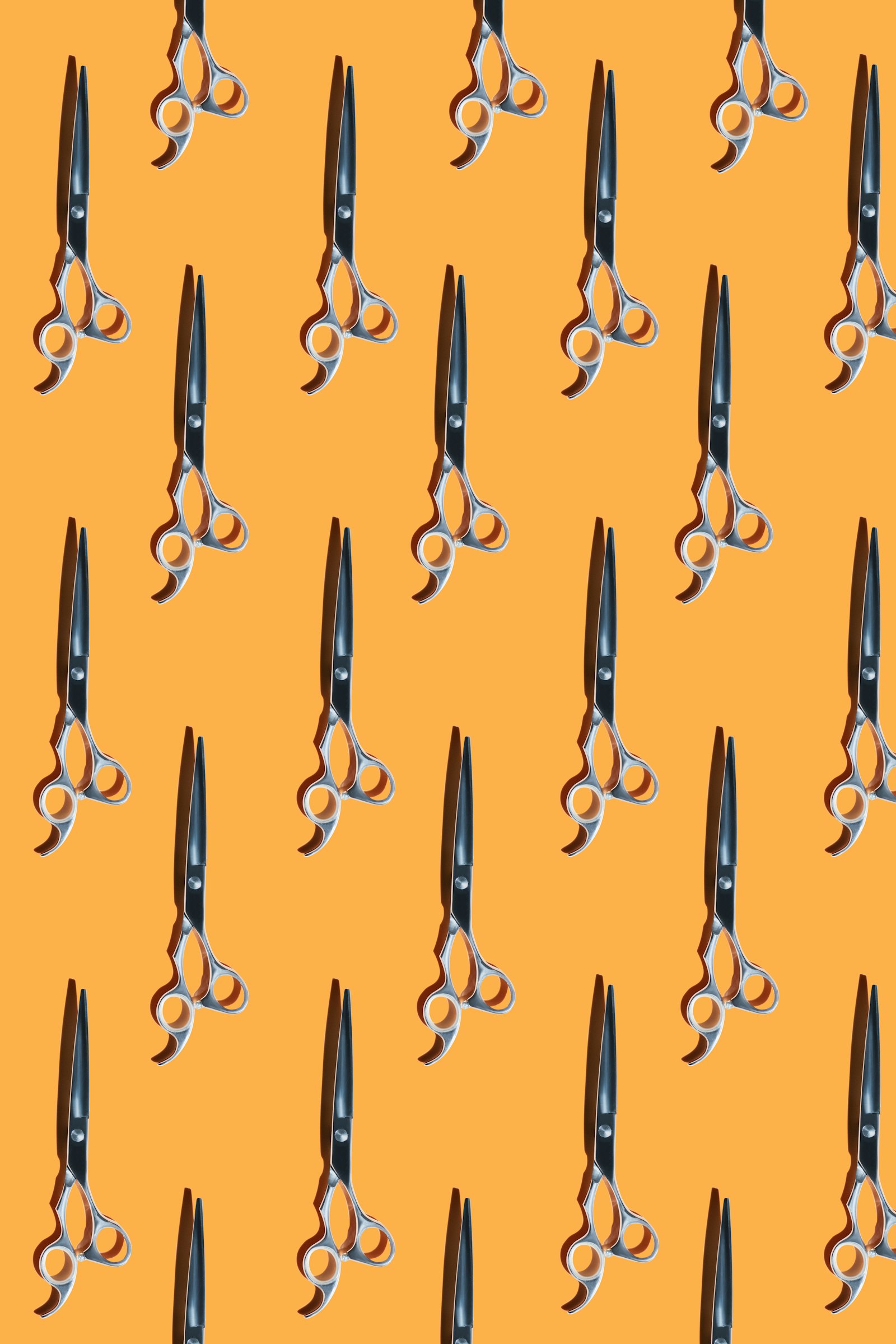Best Barber Shears by Hair Texture
Match blade geometry, steel grade, and handle ergonomics to every Australian hair type so every cut lands first time.
Source baseline: ScissorPedia internal brand archive and JapanShears distributor data — Cross-check manufacturer specification sheets before publishing.

Texture Dictates Tool Choice
Blade length, edge geometry, and handle ergonomics all shift when you move from tight curls to poker-straight fine hair. This guide translates the physics from our technical reference into client-ready shear kits so every texture gets the right finish.
Use it alongside the steel guide and maintenance SOPs to build persona-ready lineups that survive Australian humidity, dust, and salt air.
Texture-to-Shear Matrix
| Hair Texture | Primary Shear Spec | Edge & Steel | Handle Choice | Why It Works |
|---|---|---|---|---|
| Thick / Coarse | 7" sword or 6.75" bevel | VG10 convex + serration option | Offset or crane for leverage | Long blade slices bulk cleanly while hybrid edge prevents hair push. |
| Curly / Afro | 6" convex + 30T blender | ATS-314 convex for precision | Swivel thumb for angle control | High hardness holds edge when detailing curls; swivel protects wrists during over-direction. |
| Fine / Straight | 5.5"–6" convex micro-tip | VG10 convex, mirror finish | Offset with removable finger rest | Shorter blade gives control; polished edge prevents hair slipping, ideal for blunt lines. |
| Wavy / Medium Density | 6.25" semi-convex all-rounder | 440C semi-convex | Offset or classic (craftsman) | Balanced blade handles most textures; semi-convex gives glide without fragility. |
| Mixed Texture Clients | Modular kit: 6" convex + 7" bevel + 14T texturiser | VG10 / cobalt for durability | Crane for long sessions | Switching tools mid-service avoids over-texturising delicate zones. |
Cross-reference client notes with the Australian market reference to factor in climate and regional hair density trends (e.g. humidity-driven curl inflation in QLD vs dry hair in WA).
Persona Playbooks
- Traditional Craftsman: Keeps a 7" bevel for scissor-over-comb and a 30T blender; prioritises long-term durability and low sharpening downtime.
- Modern Influencer: Chooses cobalt swivel sets for curly content shoots; invests in mirror-finish convex blades for clean transitions on camera.
- Business Professional: Standardises 6.25" semi-convex kits across chairs to reduce training variance and bulk order costs.
- Apprentice: Starts with 6" semi-convex and 28T blender to learn texture control; upgrades to premium convex once mentor signs off.
Climate Adjustments
- Coastal NSW/QLD: Prioritise stainless VG10 or cobalt to resist corrosion; store with silica packs overnight.
- Inland WA/SA: Dust requires extra pivot brushing before oiling to protect hollow grind.
- Tropical NT: Rotate two convex sets during the Wet to allow full drying; schedule 3-month pro services.
- Cool VIC/TAS: Expect seasonal tension changes; log adjustments in maintenance SOP.
Texture Consultation Checklist
- Assess natural fall pattern, density, and moisture level.
- Map service outcome: blunt, layered, high fade, or texture-heavy.
- Choose primary shear from matrix; confirm backup tool for detail work.
- Discuss maintenance expectations with client (daily styling vs low effort).
- Log preferred tool combo in client profile for repeat consistency.
ROI Snapshot
Texture-specific kits reduce redo appointments and sharpening bills:
- Upgrade to VG10 convex for curly clients → $620 outlay vs $45/week extra in premium curl services = 13-week payback.
- Standardised semi-convex kits for staff → 15% faster cut times, freeing one extra booking per day per chair.
- Prevent RSI downtime by rotating handle types suited to texture workload.
Next Steps
- Audit current kit against the matrix; flag missing textures.
- Update budget planner with targeted upgrades.
- Schedule sharpening cadence aligned to texture workload in maintenance SOP.
- Train apprentices using apprentice roadmap so they can identify texture cues quickly.